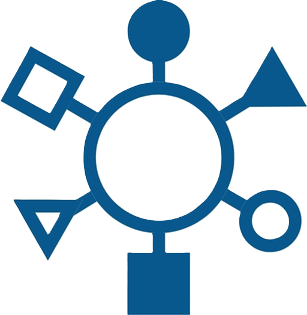
Diversity in Numbers at UFZ
What you can find on this page
How does the UFZ compare to other German institutions in terms of gender equality? Do all employees have the same career and advancement opportunities? Are all employees equally visible and represented in committees? And does the UFZ provide favourable conditions for combining care and work?
On these pages, the office of the Equal Opportunities Officer provides detailed and transparent information on the current status of equality, equal opportunities and discrimination at the UFZ.
Each area has several indicators with graphs, which you can view by clicking on the respective indicator on the intranet. Due to the sensitive nature of the data, these are only accessible to UFZ employees. You will find a summary on this page.
Areas and Indicators
Positioning and Perception of the UFZ
The UFZ is committed to promoting and living diversity and equal opportunities as a fundamental principle and strength of the centre, and thus to act as a role model. Reflection and feedback are necessary to continuously review the achievement of objectives and the effectiveness of measures. Rankings and indices that compare the efforts and successes of various research institutions in their work to promote equality provide guidance in this regard.
Indicators and Figures (Intranet)
CEWS University ranking according to gender equalityGlass Ceiling Index (GCI)
Employment rate of severely disabled people
Recruitment and Career Development
Personnel selection and career development are areas where inequalities are particularly evident. Characteristics such as gender, nationality or social background play a significant role in selection processes and are often the starting point for structural disadvantages, which are reflected in the following indicators. Criteria-based selection and assessment forms can minimise the influence of distorting factors and counteract discrimination.
Visibility and Participation
Despite equal performance, men and women are represented very differently as they climb the career ladder. There are various reasons for this. Some inequalities can be explained by the power of habit and the relevance of (lack of) role models. Improving gender relations therefore also means creating sustainable role models, recognising achievements, increasing visibility and enabling participation. The following indicators show the current status of equal opportunities in terms of visibility and participation at the UFZ.
Indicators and Figures (Intranet)
Boards, councils, and commissionsUFZ Awards
Helmholtz Environmental Lecture (HEL)
UFZ Telegraph
UFZ Annual reception
UFZ YouTube channel
Reconcilability of Care Work and Paid Work
The area reconcilability comprises indicators that are meaningful for the gendered distribution of care work and paid work.
Indicators and Figures (Intranet)
Message from the Executive Management
The current Key Indicator Report 2024 continues the UFZ's positive tradition of promoting equality and inclusion through transparent presentation.
The past few years have shown that improvements are not achieved in leaps and bounds but in small steps. We are, therefore, all the more pleased that some of these small steps were retaken in 2024. For example, some cascade targets were achieved, several management levels and pay groups have come closer to parity, and there are more women among the UFZ award winners than in previous years.
None of this should hide that there is room and a need for improvement in many areas. For example, women still perform most of the care work, which is reflected in the distribution of parental leave and part-time employment. The Key Indicator Report is valuable in identifying and taking further steps.
The management
Prof. Dr. Katrin Böhning-Gaese and Dr. Sabine König
